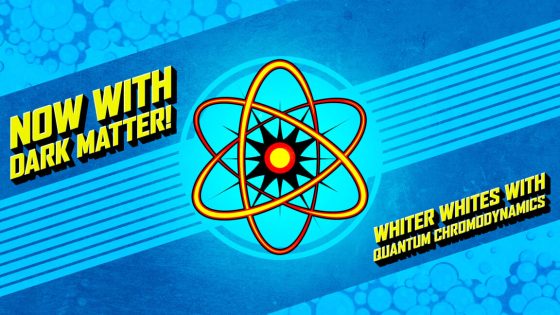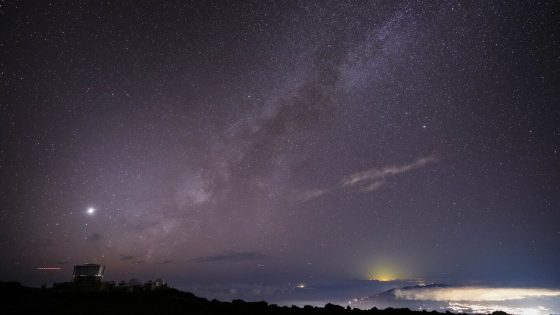A recent image captured by NASA astronaut Nichole Ayers showcases a stunning phenomenon known as a “sprite,” a type of red lightning that occurs above thunderstorms. On July 3, 2025, Ayers, aboard the International Space Station, photographed this jellyfish-shaped electrical discharge soaring high above a thunderstorm over North America.
- NASA astronaut captures rare red lightning sprite.
- Sprites are Transient Luminous Events (TLEs).
- Phenomenon poorly understood despite 30 years of study.
- Sprites can reach 50 miles above Earth.
- ISS provides unique vantage point for observations.
- TLEs observed on other planets like Jupiter.
Sprites, classified as Transient Luminous Events (TLEs), remain a scientific mystery despite over three decades of study. These extraordinary flashes are triggered by intense electrical activity in thunderstorms, yet researchers still grapple with understanding why only certain lightning strikes produce them.
This captivating image raises questions about the nature of these elusive phenomena. Why do some thunderstorms create sprites while others do not? Understanding the conditions that lead to TLEs could enhance our knowledge of atmospheric electricity.
- Sprites can reach heights of up to 50 miles.
- Their red color results from interactions with nitrogen in the upper atmosphere.
- Sprites have been observed on other planets, including Jupiter.
- ISS astronauts provide unique perspectives for studying TLEs.
As scientists continue to unravel the mysteries of sprites and TLEs, advancements in technology may pave the way for deeper insights into our planet’s atmospheric behavior.

































